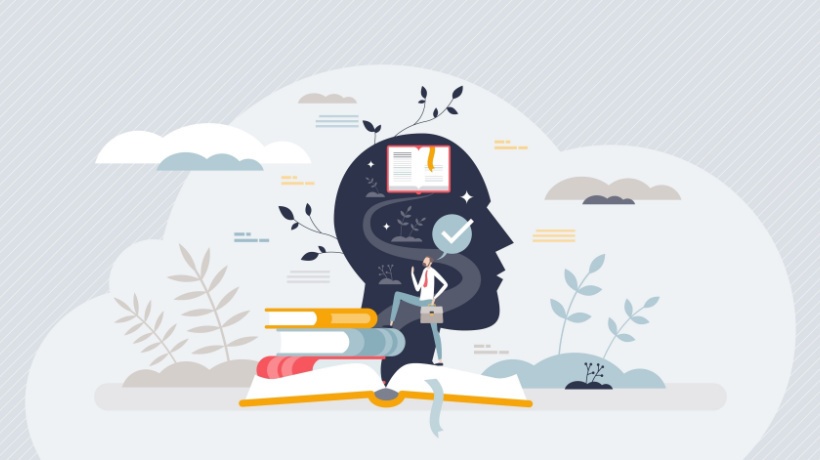Learning Sciences
Cognitive psychologists have identified six key strategies that can be executed for lifelong learning. This is called the DICERS model. These six strategies are flexible and can be implemented in many different situations.
The 6 Strategies For Lifelong Learning
1. Dual Coding
Dual coding combines verbal and visual representations of information (words with diagrams). When we combine these, it is easier to understand. Major note: this is not the same as learning styles, which much science now refutes. Students naturally have preferences, but matching them does not help. Humans learn best when we have multiple ways of looking at ideas.
2. Interleaving
Interleaving is the act of switching between different topics. It helps learners understand the similarities and differences between different topics. Facilitators can easily do this by throwing in a question from a topic covered two days previously! Important note: this leads to more mistakes during practice, but eventually students retain knowledge much longer.
3. Concrete Examples
Concrete examples are easier to remember than theoretical information, and hence promote learning. Students learn the true idea the example is intended to represent when given examples of the same concept, especially when the examples have different surface details. It may sound harsh, but novices tend to remember surface details only. Provide explicit examples for the students to understand the underlying abstract idea. For example, don’t ask people how to drive social value—give examples of how we do it.
4. Elaboration
Asking “how” and “why” questions about a certain subject and then looking for the solutions are the two steps in the elaboration process.
5. Retrieval
Retrieval practice involves recalling information from memory. The learning happens in the information recovery process. The information recovery process is where learning takes place. This occurs when students take practice exams, but there are other ways to do it as well. For instance, kids can just independently brain dump and jot down anything they can recall on a piece of blank paper, or even draw ideas. Try using frequent low-/no-stakes quizzes, and ask students to jot down what they can remember about topics. Try not to prompt students: that cognitive difficulty of independent recall is where the learning happens!
6. Spacing
Learning is enhanced by spreading it out over time. For instance, individuals will acquire and remember more information if they study 30 minutes over 3 days as opposed to 90 minutes all at once. In order to avoid repeating the same concepts, facilitators may choose to stretch out the topics being discussed.
Strategies For Lifelong Learning Ensure The Learning Sticks
But it sounds difficult…? Yes, but that’s how the learning magic happens…research consistently shows that difficulty is a good thing; strategies that feel easy do not promote sticky and durable learning. Research shows us that in the longer term (even three days later) these strategies are incredibly effective. On the other hand, methods that seem simple encourage “learning” that is quickly forgotten (even after a few hours!). Though we may judge what we believe we are learning at the time, what matters is what we can retain and apply in the future. Strategies should feel difficult to work with, but naturally not so difficult that students cannot perform them. As facilitators, we need to be flexible and adjust the course to stay tethered to our goal—impactful learning, a great learning experience, and changed behaviors enabling optimal well-being and efficacy.
Conclusion
Understanding different types of learning can help us to better design, facilitate, and personalize learning experiences, in order to support the learning and performance of our audiences and better develop their competencies. While understanding that mechanical learning is the foundation for further learning, and recognizing that learning professionals focus mostly on assimilative learning, we should also understand and incorporate accommodative and transformative learning.
What is learning and how does it take place? Knud Illeris, professor of lifelong learning, defines learning as “any process that in living organisms leads to permanent capacity change and which is not solely due to biological maturation or ageing” (Illeris 2007, p. 3). This is a broad definition that encompasses conditions that influence and are influenced by the learning process, including psychological, biological, and social conditions.
References:
- Illeris, Knud, ed. 2009. Contemporary Theories of Learning. New York: Routledge.
Additional Resources:
- Books
- Epstein, David. 2019. Range: Why Generalists Triumph in a Specialized World. New York: Riverhead Books. [Note that this is wider than learning psychology but an excellent and accessible read]
- Podcasts

